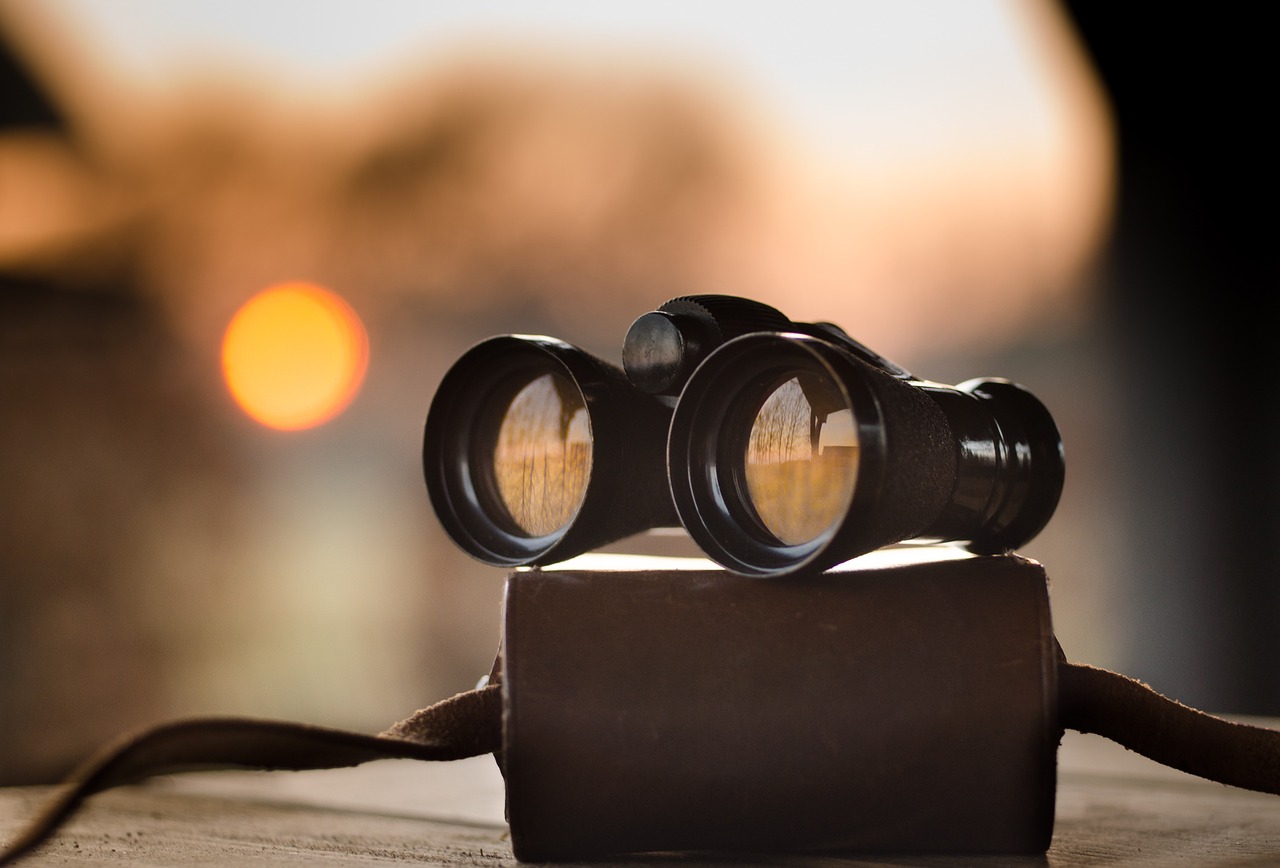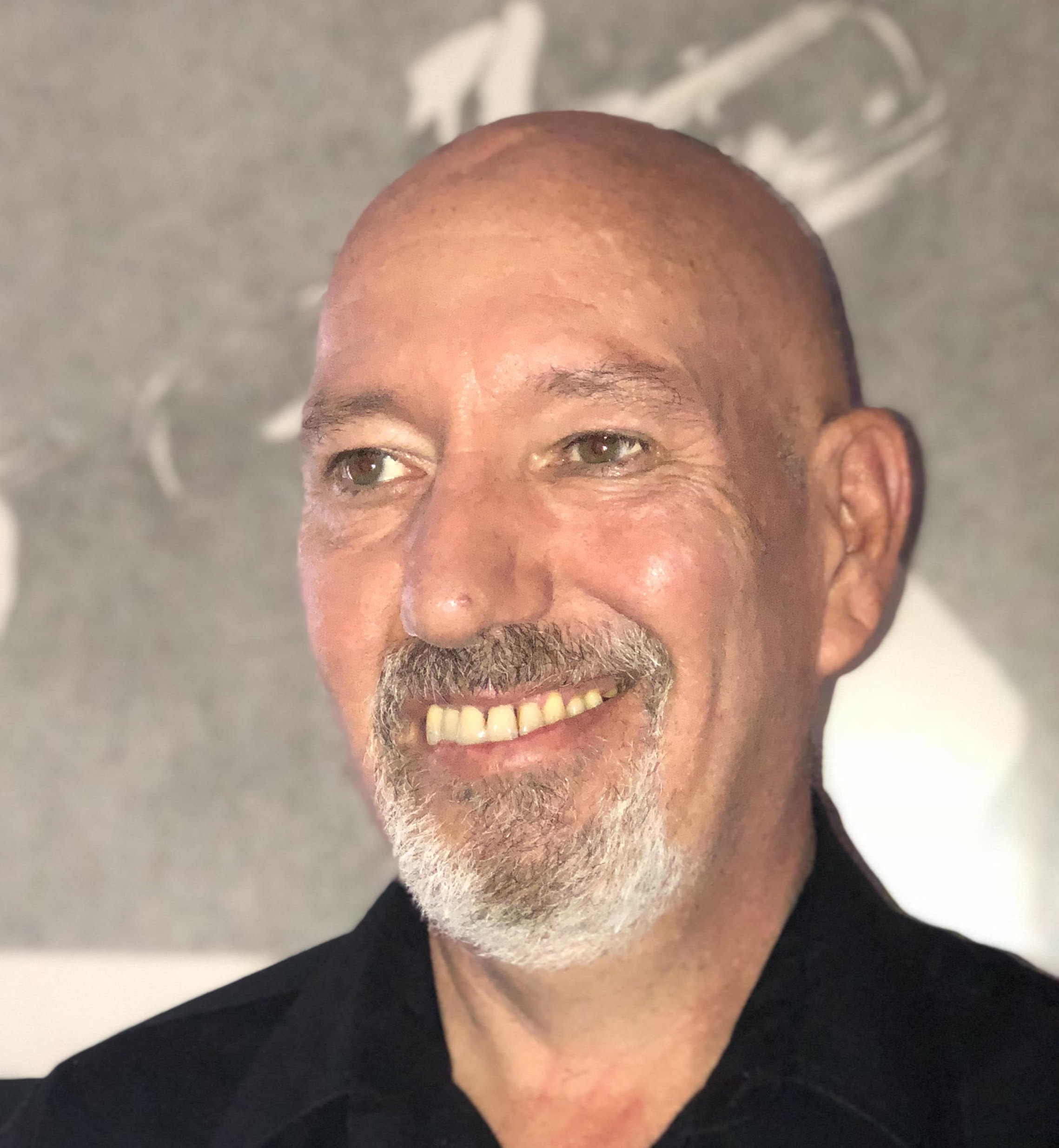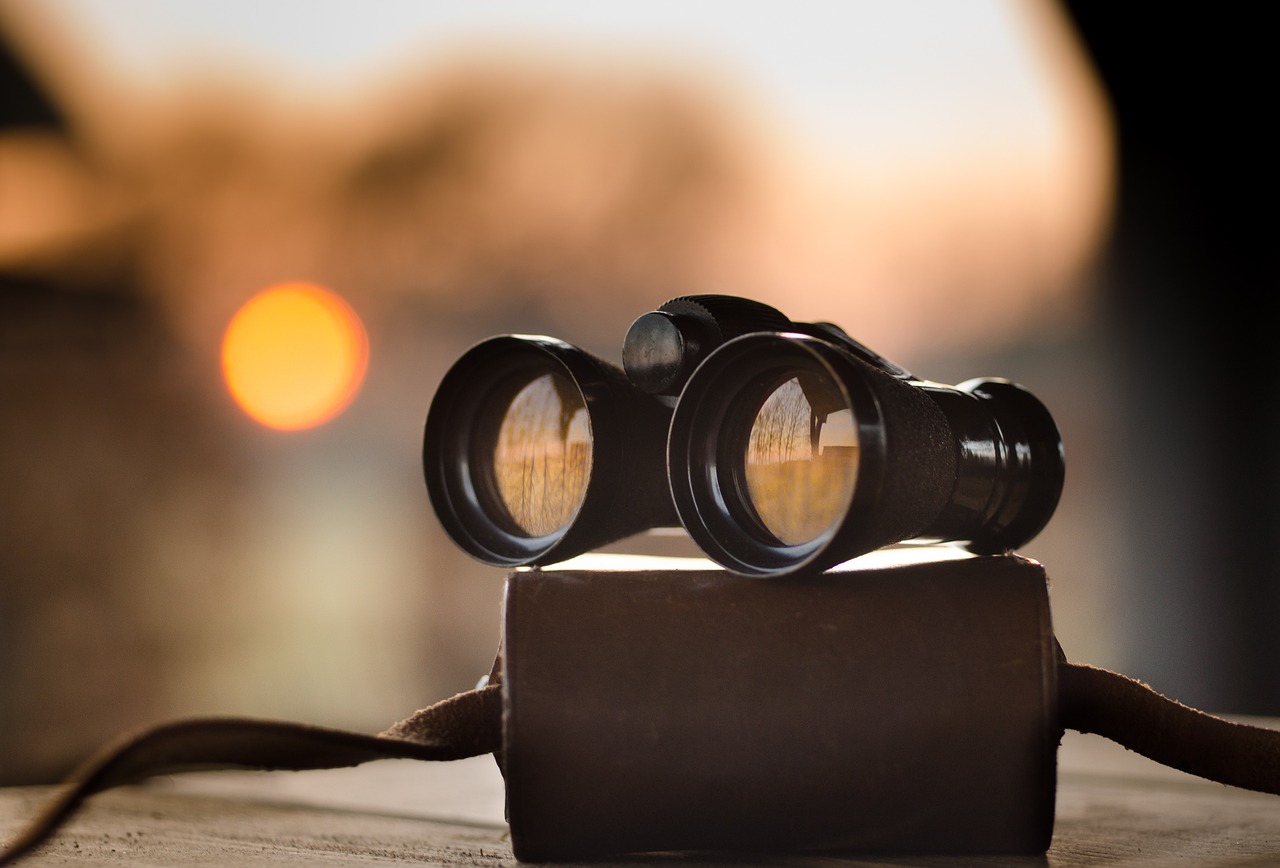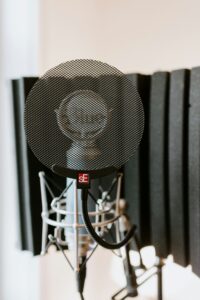 How is my voice-over demo completed?
How is my voice-over demo completed?
After your voice-over demo is recorded, it is sent to the Post Production department, where it is assigned to an engineer for pre-processing, along with the specific notes that were taken during the recording session. There, the demo is edited and processed, and music is put underneath each spot, creating the first version of your demo. This preliminary version is sent to me, where I review the demo and make suggestions and changes. The engineer then implements those changes, and sends the entire session back to Post Production.
At that point, it is assigned to either Oliver Gebhardt or me for mastering. Every detail is examined and corrected, creating a leading-edge voice-over demo, and it is sent to our VP of Production, Claudine Ohayon, who reviews it and again makes suggestions regarding every detail – order, volume, pace, intelligibility, tone, and music are all examined. It is then sent back for final processing. When that process is finished, it is posted into your student folder and sent to you.
Constructing a Voice-Over Demo
What will my demo sound like? Why do all the spots run together? Why are there so many/few sound effects? Why are words and  phrases missing from my demo spots?
phrases missing from my demo spots?
Such A Voice uses a time-tested formula of 5 commercial demos and 4 narrations to create two demos. This is typical, but as you know, our programs have options, so you may be doing an audiobook demo, animation demo, documentary demo, corporate demo, or any number of variations. Some may only do one demo, others may do three, but typically, it’s a commercial and narration demo.
We monitor industry standards and trends to make sure that we are on the leading edge of VO demo production. SAV subscribes to several different licensed music libraries and sound effects libraries to ensure that your demos will be current and contemporary.
We never speed up your voice in Post Production. We do adjust the pacing by cutting pauses, breaths, and spaces between words. We adjust the timing to coincide with musical cues. The spots are cut together tightly for a reason. Those hiring voice talent listen to a lot of demos, and it’s important that the demos have a forward momentum, especially in a commercial demo, where we strive to present your best performances in a dynamic, quick, and interesting format. For that reason, we try to limit a commercial demo to under 60 seconds, and a narration demo to under 1 1/2 minutes.
Perfecting Your Voice-Over Demo
Our main objective is to create a demo that gets a talent searcher’s attention and books you work. It’s important to realize,  that while we simulate actual commercials with popular products, you are not actually selling these products for the purpose of your demo, you are actually selling yourself. The talent searcher is looking for a voice for his/her product, and will be imagining your voice reading their copy. Your demo will be one of hundreds that are listened to, so we try to make sure you will be noticed, with your best reads, offering the greatest contrast up front. Anything that doesn’t move your demo forward is removed (for time and quality considerations). The spots are pushed together to get the most information in the least amount of time, presenting the best demonstration of you and your range as possible. Every word is examined, every take, every piece of music is adjusted to be the perfect fit.
that while we simulate actual commercials with popular products, you are not actually selling these products for the purpose of your demo, you are actually selling yourself. The talent searcher is looking for a voice for his/her product, and will be imagining your voice reading their copy. Your demo will be one of hundreds that are listened to, so we try to make sure you will be noticed, with your best reads, offering the greatest contrast up front. Anything that doesn’t move your demo forward is removed (for time and quality considerations). The spots are pushed together to get the most information in the least amount of time, presenting the best demonstration of you and your range as possible. Every word is examined, every take, every piece of music is adjusted to be the perfect fit.
This is your first demo. It is a snapshot in time. It is certainly not the last demo you will ever do. As you go through the process of getting work, you will learn things, you will add range and depth to your repertoire, you will become more confident – much like learning to play a musical instrument. You should keep learning and growing throughout your career, and as you develop, you will want to display your new skills at each level.
If you want to get an idea of what your demos will sound like – listen to other demos! You can visit the Such A Voice website to hear them or search the internet for VO demos to get a sampling of what other voice talents are doing in the industry.
If you’re interested in hearing more about our voice-over demo process, head over to our Facebook page to see what our students are saying!
 About the Author
About the Author
Dale Epperson has a long history in the audio industry as a musician, engineer, producer, electronics technician, designer, manufacturer, and proprietor. As a musician, he has contributed to many albums and projects playing guitar, bass, keyboards, trumpet, flute, accordion, percussion, and vocals. As an engineer and producer, he has worked with bands and artists from New York to Los Angeles, Toronto to Miami, and all points in between. As co-owner of the Green Room Studios in Harrisburg, Pennsylvania, he engineered and produced dozens of local, regional, and national groups and artists, including Jeffrey Gaines, Fuel, Cold, Brother Cain, Marcy Playground, Sonny Landreth, Webb Wilder, and Jimmie’s Chicken Shack. As a technician, designer, and owner of Old School Audio, he has worked for many renowned artists and studios, including Les Paul, Sheryl Crow, Andy Johns, Glyn Johns, Tragically Hip, Cinderella, and Blind Melon, among others. He has provided gear, consulting services, and complete console rebuilds to some of the top studios in New York, LA, Nashville, Phoenix, Atlanta, and even Seoul, South Korea.





